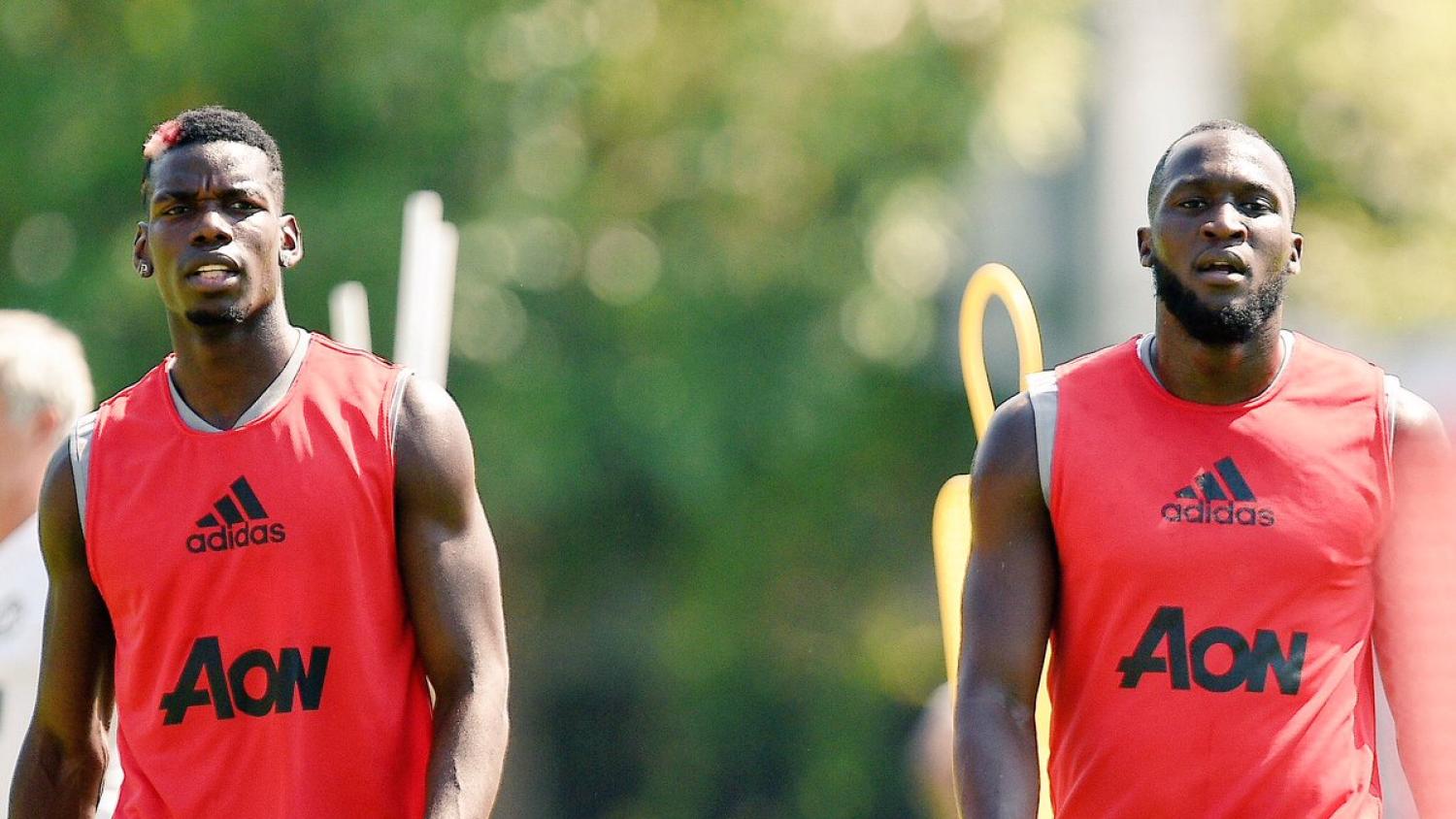For those of us who threw our collegiate and professional aspirations out the window after high school, we have to search for glory in other ways. Whether it's by playing FIFA, arguing with other fans or ranting on Twitter, the game will always be in our blood. When ranting loses its appeal, you turn to dusting off your cleats and trying to remember where your shin guards are hiding.
Once you've found a Sunday league or a group of friends to start an indoor team, the excitement of playing again can cause you to forget how hard soccer is on your body. Contrary to popular belief, static stretching is the exact opposite of what your body needs before a hard workout.
Studies at Boston University and the School of Kinesiology at the University of Zagreb in Croatia further validate this fact. Static stretching creates small tears in the muscle fibers just like exercising does, but joints are stretched to their limit, making them more likely to become tighter when the stretch is released.
Stretching before a workout or game can result in a three percent decrease in performance. In order to loosen up joints, muscles and increase muscle temperature, dynamic stretching is the proper way to warm-up. Increasing the heart rate is also key to warming up before shocking the system by sprinting during the game.
Here are five dynamic stretches to loosen up crucial joints and muscles: opening/closing the gate, high jumps, high kicks across the body, lunges and running in place.

Perfect for preventing strained groin muscles, opening/closing the gate.
Opening/closing the gate targets the groin muscles as well as the hip flexor. When striking a ball, these two areas undergo high stress.
To perform this exercise, start by lifting one knee straight up and swinging it outward 90 degrees in one motion. Switch off using both legs, completing 15-20 swings on each leg.
Once you have opened the gate, closing the gate is the mirror stretch. Start by lifting your knee to the outside of your body and bring it back to its normal position. Repeat this stretch on both legs 15-20x.
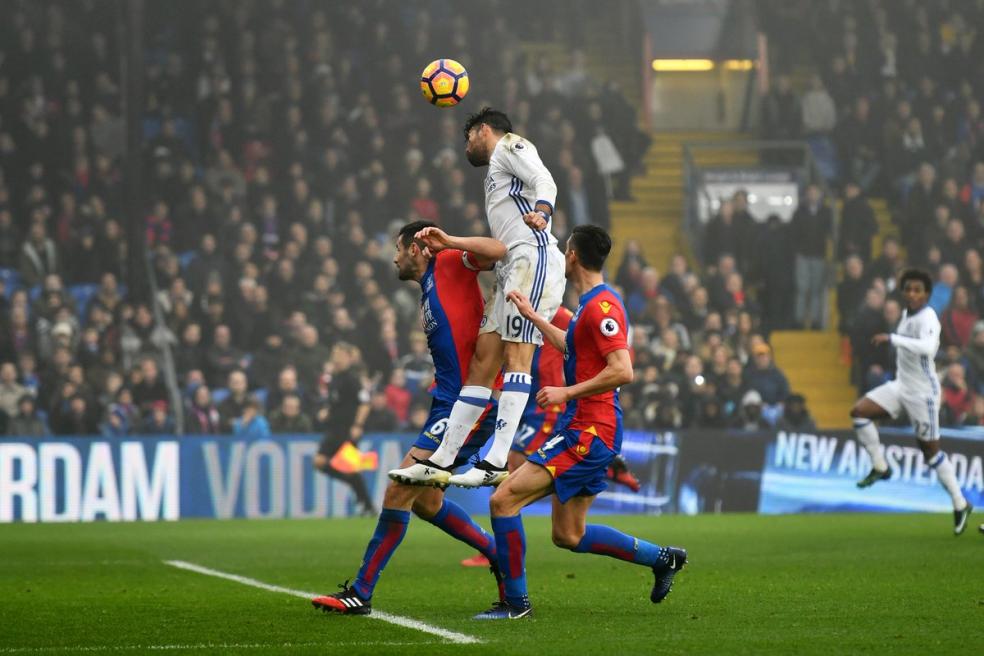
Do this and in due time you'll be heading the ball like Cristiano Ronaldo.
This exercise is self-explanatory, but it targets three key muscles in the lower body: the glutes, hamstrings and quads. No matter how good your dad jokes are, pulling your hammy like your father is not fun.
Start by spreading your legs shoulder width and bend down so that your thighs are at a 90-degree angle. Jump up using your whole body and lift your knees towards your chest while in the air.
When landing, bend down into a squat to further engage the key muscles. The point of this routine isn't to become fatigued. If your legs start to feel tired after 10 jumps, don't push yourself to do more.
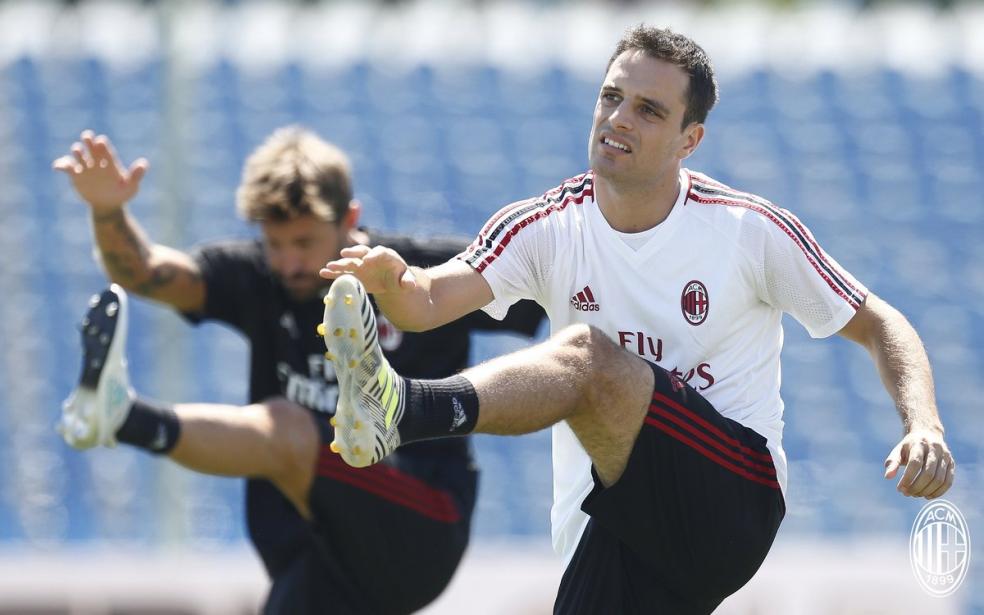
Practice how you play.
A strong follow through after striking a ball can dictate how the ball curves and placement of the shot — it can also force you off the pitch only minutes into the match if you're not prepared.
This stretch pinpoints the hamstrings as well as the groin muscles while mimicking a shot. Switch off between legs while moving forward, trying to kick your left hand with your right toes and vice-versa. Do two sets of this routine, 15 kicks on each side.
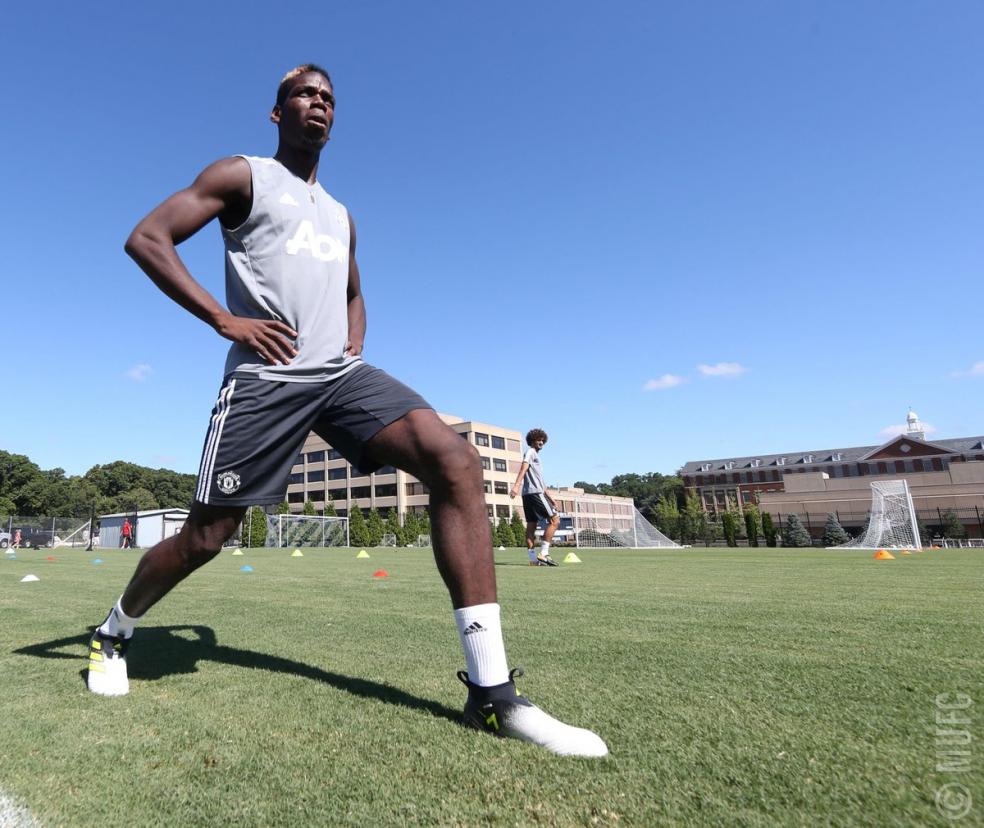
If Pogba warms up this way, you should too.
Lunges help your balance, strength and endurance all while quickly firing muscle fibers for a fast warm-up. This exercise will further warm up your quads, glutes, hips, groin, calves, hamstrings and help you engage your core and stabilize your lower back.
Similar to the high jumps, lunges can easily fatigue your body. While stepping forward to plant your front foot, make sure both feet are facing forward. When lunging down, your knee should not go over toes when at a 90-degree angle. If your knee is over your front foot, take larger steps. Your rear knee should never hit the ground while doing a proper lunge. Do 2 sets of 5 lunges on each leg, taking one minute to rest in between each set.
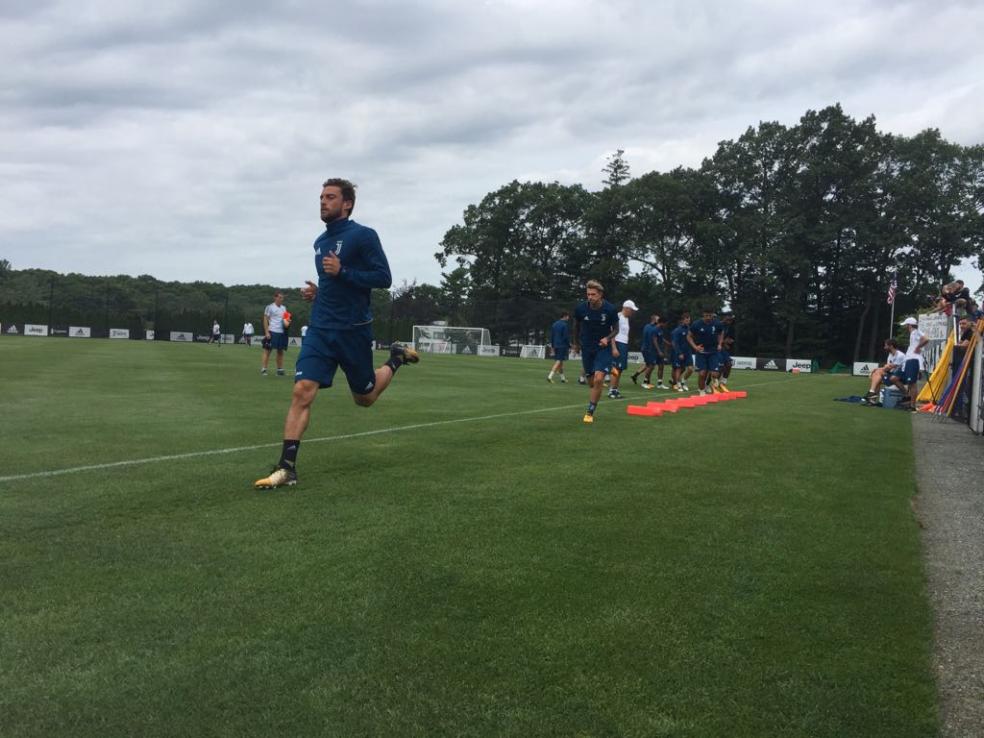
Get that heart rate up!
After the first four routines, running in place will not work any new muscles. It will help you increase your heart rate so your body is not completely shocked when you have to sprint during the opening minutes of a match.
Now get a few touches in before the whistle blows and you'll have the upper hand.

 Home
Home